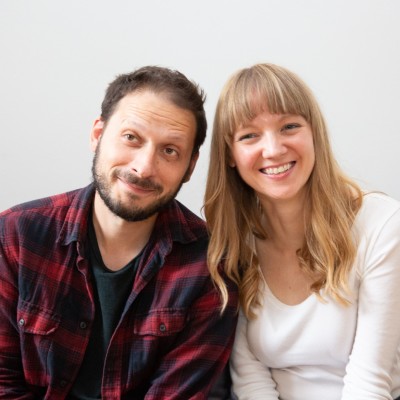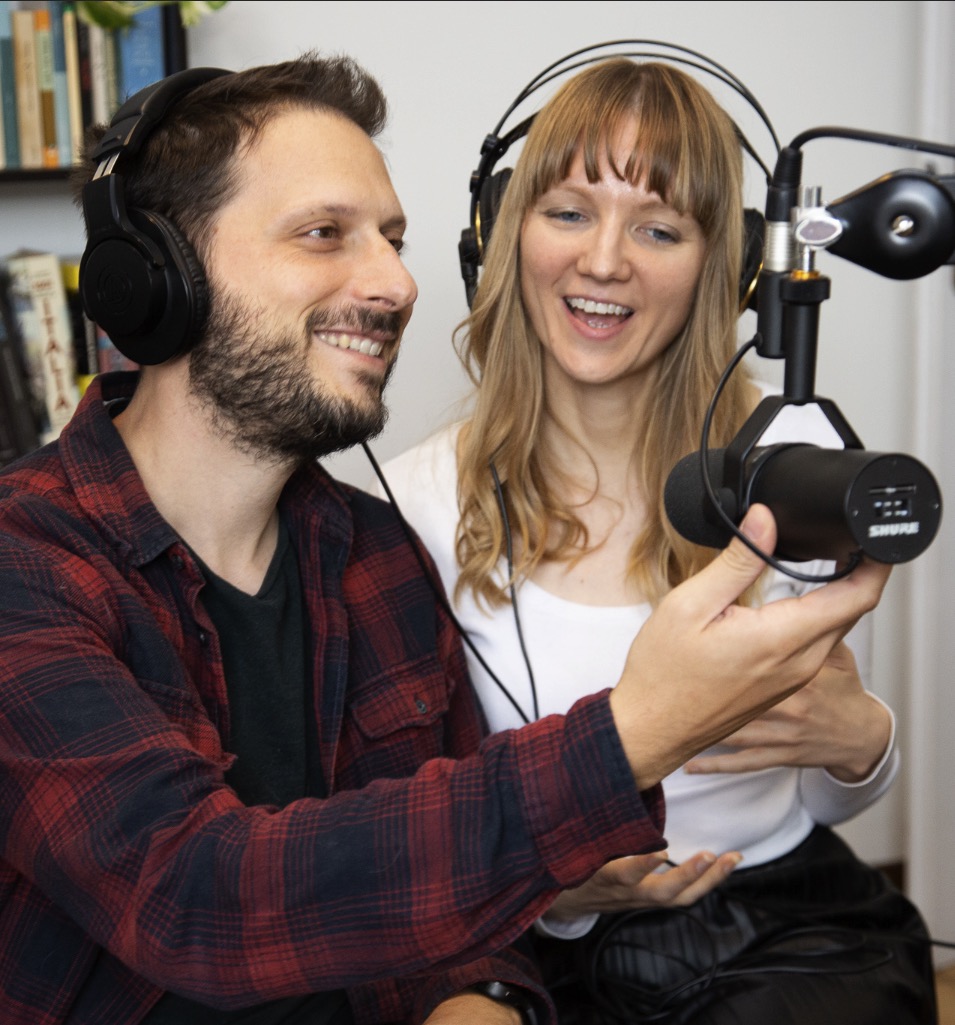Molto, molti, molta, molte... what's the difference? And when should you use them? Find out in episode 70 of 5 minute Italian.
Become a 5-minute Italian member (it's free!)
Learn to speak and understand Italian faster by joining the 5 minute Italian club! When you sign up, you'll get:
- Mini Italian lessons + bonus materials delivered to your inbox.
- Access to the private Facebook group where you can practice chatting in Italian.
- Invites to free speaking workshops.
If you'd like to join us, click here to become a member of 5 Minute Italian.
Today's Italian Vocabulary
Molto = very/lots of
Molto grande = very big
Molto felice = very happy
Molto vecchio = very old
Molto veloce = very fast
Molto difficile = very difficult
Molto cibo = lots of food
Molti pomodori = lots of tomatoes
Molta pioggia = lots of rain
Molte banane = lots of bananas
Take the quiz
How much did you learn? Find out in the 5-minute Italian quiz!
Click here to take the quiz for this episode: When to use molto (and when to use molti, molta and molte).
Flashcards.
Remember the vocabulary from your 5 Minute Italian lessons by downloading the digital flashcards
- Download the flashcards: When to use molto (and when to use molti, molta and molte).
- Not sure how it works? Click here to watch the tutorial
Transcript
Please note, this is not a word for word transcript.
Katie: Ciao a tutti e benvenuti a 5 Minute Italian. I’m Katie
Matteo: And I’m Matteo, ciao!
K: This week's episode is dedicated to Cathy, Cheryl and Rick, who came along to our immersion in Florence last week. As we were sitting eating breakfast on the terrace, an interesting question came up. Which was: in Italian, you have "molto", "molti" "molta", and "molte". When do you use "molto" and when do you use the others?
This was a great question, and a question that I think many people wonder about, so today, we're going to clear up some of the mystery around "molto".
M: Molto can mean "very", as in "molto bello" (very beautiful). But it can also mean "a lot" as in "molto cibo" (lots of food).
K: And therein lies the difference. When "molto" means "very", as in "molto bello", it's a describing word. We can also have examples like:
M:
Molto grande = very big
Molto felice = very happy
K: When we use "molto" as a describing word, it never changes, we always have "molto". It can never be molta, molti or molte. Here are some more examples:
M:
Molto vecchio = very old
Molto veloce = very fast
Molto difficile = very difficult
K: So that was the first kind of "molto" that never changes. Now let's move onto the second kind, that can change. We know that we can also use "molto" to mean "a lot" as in "molto cibo". In this case, we're talking about quantity. Lots of food. And when we use molto to talk about quantities, it has to change to agree with the thing you're talking about. For example:
M:
Molto cibo = lots of food
Molti pomodori = lots of tomatoes
Molta pioggia = lots of rain
Molte banane = lots of bananas
K: Let's break that down quickly:
M: Molto cibo = lots of food
K: cibo is a masculine singular, so we say "molto".
M: Molti pomodori = lots of tomatoes
K: Pomodori is a masculine plural, so we say "molti"
M: Molta pioggia = lots of rain
K: Pioggia (rain) is a feminine singular, so we use "molta"
M: Molte banane = lots of bananas
K: Banane is a feminine plural, so we way "molte".
K: The message to remember from today's episode is: if you use molto to describe something, like "molto bello" it never changes, while if you're using it for quantities, or to count something, like "molte banane" (lots of bananas), it should agree with the gender and number of the word you're describing, in this case "molte" for "le banane".
That's it for today, I hope you found that useful, and if you'd like to see all this stuff written down, remember you can see all the words and phrases from today's lesson by going to joyoflanguages.com/italianpodcast and scrolling down to episode 70. You'll also find bonus materials like flashcards and a quiz to help you remember what you learnt. You can also practice chatting with us in Italian in our Facebook group, by going to facebook.com/groups/5.minute.italian. You'll also find the links in the show notes.
Ciao for now, see you next time or as we say in Italian,
M: Alla prossima!
Get more 5-minute Italian
To get more 5 minute Italian, including lessons delivered to your inbox, access to the private Facebook group and invites to speaking workshops, click here to become a 5 Minute Italian member.
Related episodes
#64: How to say "the" in Italian: the basics
#26: Dove sono le banane? How to ask for things in supermarkets

